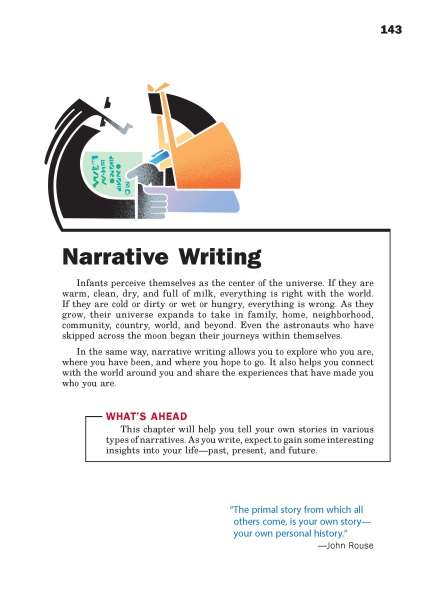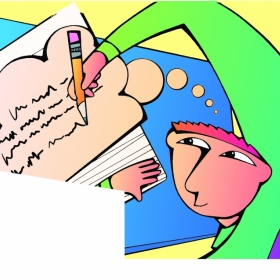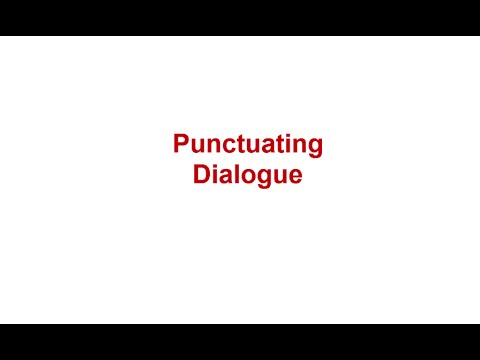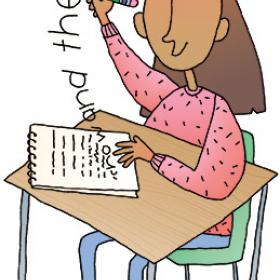Page 143 from

Start-Up Activity
Ask students to share significant moments of change in their lives. To get the discussion rolling, highlight notable changes from your own life (a new job, moving to a new city, the end of a friendship, a new hair style, Taylor Swift's new album, etc.). Your examples will embolden students to share ideas about themselves. Tell a little story about one of your moments, and encourage students to do so, too. A mix of serious and goofy ideas will show students that any number of moments can hold significant meaning.
Let them know that narrative skills extend beyond literature classrooms: The best teachers, doctors, lawyers, and politicians are great storytellers because stories share ideas and connect with people in ways that purely scientific or logical communication cannot. To that point, cognitive psychologist Mark Turner says, "Narrative imagining—story—is the fundamental instrument of thought. . . . It is our chief means of looking into the future, of predicting, of planning, of explaining." In other words, our minds are made for stories. Students who can read and write narratives are equipped for success in college, career, and life.
Think About It
“Narrative is the deep structure of all good sustained writing. All good writing. We struggle with writers who dispense with narrative form and simply present information—because we are given no frame for comprehension.”
—Tom Newkirk

Start-Up Activity
Ask students to share significant moments of change in their lives. To get the discussion rolling, highlight notable changes from your own life (a new job, moving to a new city, the end of a friendship, a new hair style, Taylor Swift's new album, etc.). Your examples will embolden students to share ideas about themselves. Tell a little story about one of your moments, and encourage students to do so, too. A mix of serious and goofy ideas will show students that any number of moments can hold significant meaning.
Let them know that narrative skills extend beyond literature classrooms: The best teachers, doctors, lawyers, and politicians are great storytellers because stories share ideas and connect with people in ways that purely scientific or logical communication cannot. To that point, cognitive psychologist Mark Turner says, "Narrative imagining—story—is the fundamental instrument of thought. . . . It is our chief means of looking into the future, of predicting, of planning, of explaining." In other words, our minds are made for stories. Students who can read and write narratives are equipped for success in college, career, and life.
Think About It
“Narrative is the deep structure of all good sustained writing. All good writing. We struggle with writers who dispense with narrative form and simply present information—because we are given no frame for comprehension.”
—Tom Newkirk











